Emerging Trends in Sustainable Packaging of Food Products: An Updated Review
Introduction
Food safety and quality challenge modern food systems. Fresh and minimally processed items now travel far. Packaging holds many roles. It contains food, shares messages, protects products, and adds ease. Old packaging uses plastics from fossil fuels. These plastics harm nature. They lead to waste and let food spoil because they lack strong microbial barriers.
The Environmental Impact of Food Packaging
Food packaging causes over 40% of all plastic production. This fact brings huge plastic waste. In addition, more than 90% of unused food goes to landfills. Poor packaging speeds up this waste. These issues harm our world. The need for sustainable materials grows. People want packaging that cuts waste, keeps food safe, and lasts longer.
Sustainable Packaging Materials
Recent work looks at materials from nature. They include:
- Paper
- Wood fiber
- Cellulose nanoparticles
These materials break down faster and suit the environment. Cellulose nanoparticles add strength and better barriers. They help food last longer and waste less.
Innovative Packaging Technologies
Bio-based Bioplastics
Bio-based bioplastics now show up as a smart switch. They use less fossil fuel. They break down naturally. These traits help both food packaging and the environment.
Antimicrobial and Active Packaging
Some films now mix antimicrobial agents with antioxidant rich particles. They build better oxygen and moisture blocks. These films stop microbes and keep food safe longer.
Antimicrobial Bio-Nanocomposites
Antimicrobial bio-nanocomposites also gain ground. They stop microbes on food. They work to prevent spoilage and keep food quality high over time.
Economic Considerations
Cost worries remain when picking new packaging. At first, bio-based options may cost more. Over time, they save money through lower energy use and less fossil fuel demand. With longer shelf life and less waste, the savings add up. These benefits help the sustainable packaging market grow.
Conclusion and Future Perspectives
Sustainable packaging meets food safety, environmental, and cost goals. Advances in bio-based materials and active packaging could change the industry. More research will boost performance, cut costs, and increase scalability.
Reference:
Arshad, M.T., Hassan, S., Shehzadi, R., et al. (2025). Emerging Trends in Sustainable Packaging of Food Products: An Updated Review. Journal of Natural Fibers, 22(1), Article 2505608. https://doi.org/10.1080/15440478.2025.2505608
Design Delight Studio curates high-impact, authoritative insights into sustainable and organic product trends, helping conscious consumers and innovative brands stay ahead in a fast-evolving green economy.
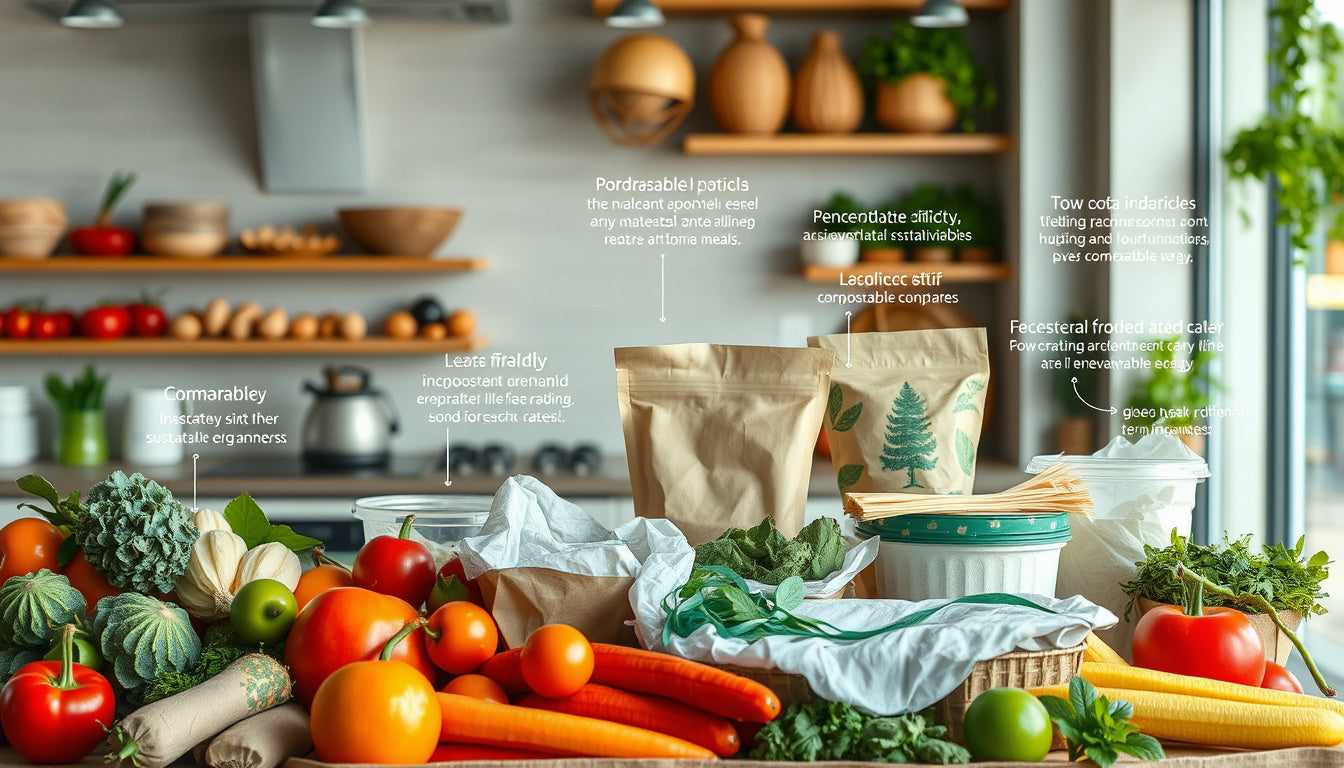
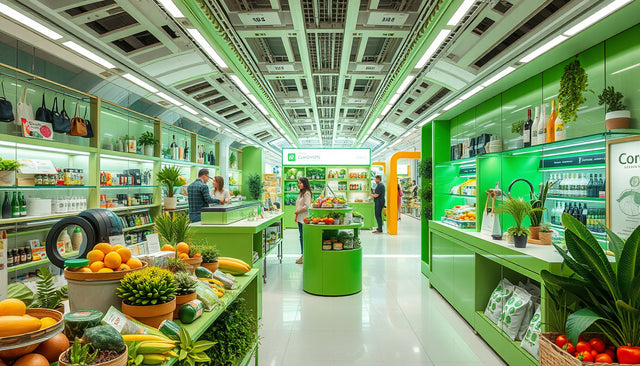
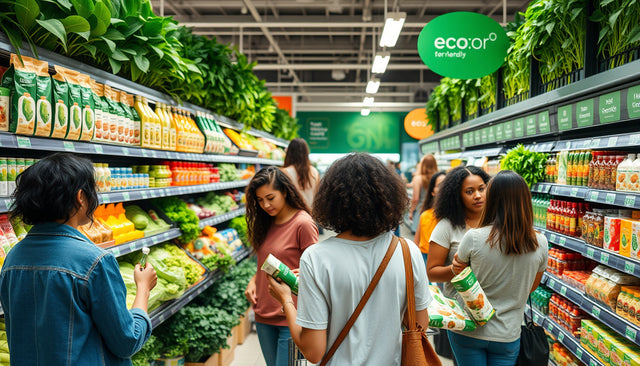
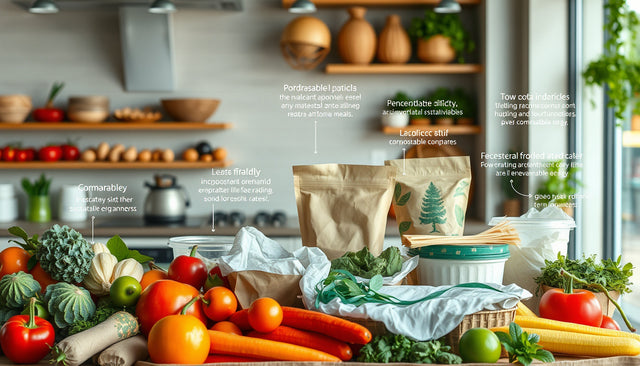
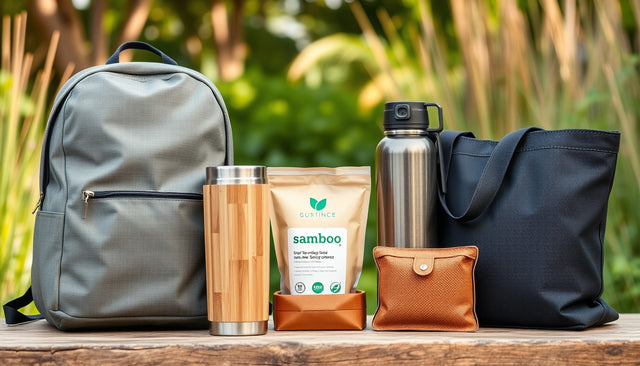
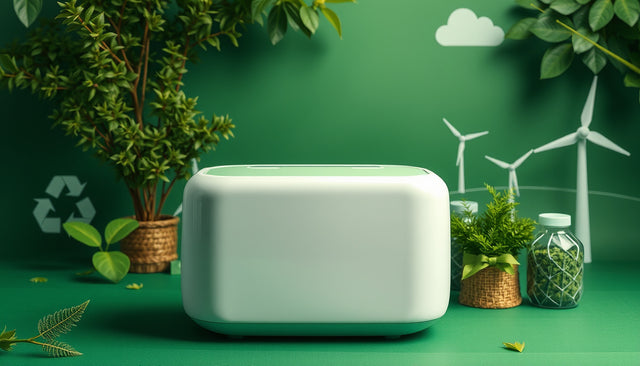















0 comments